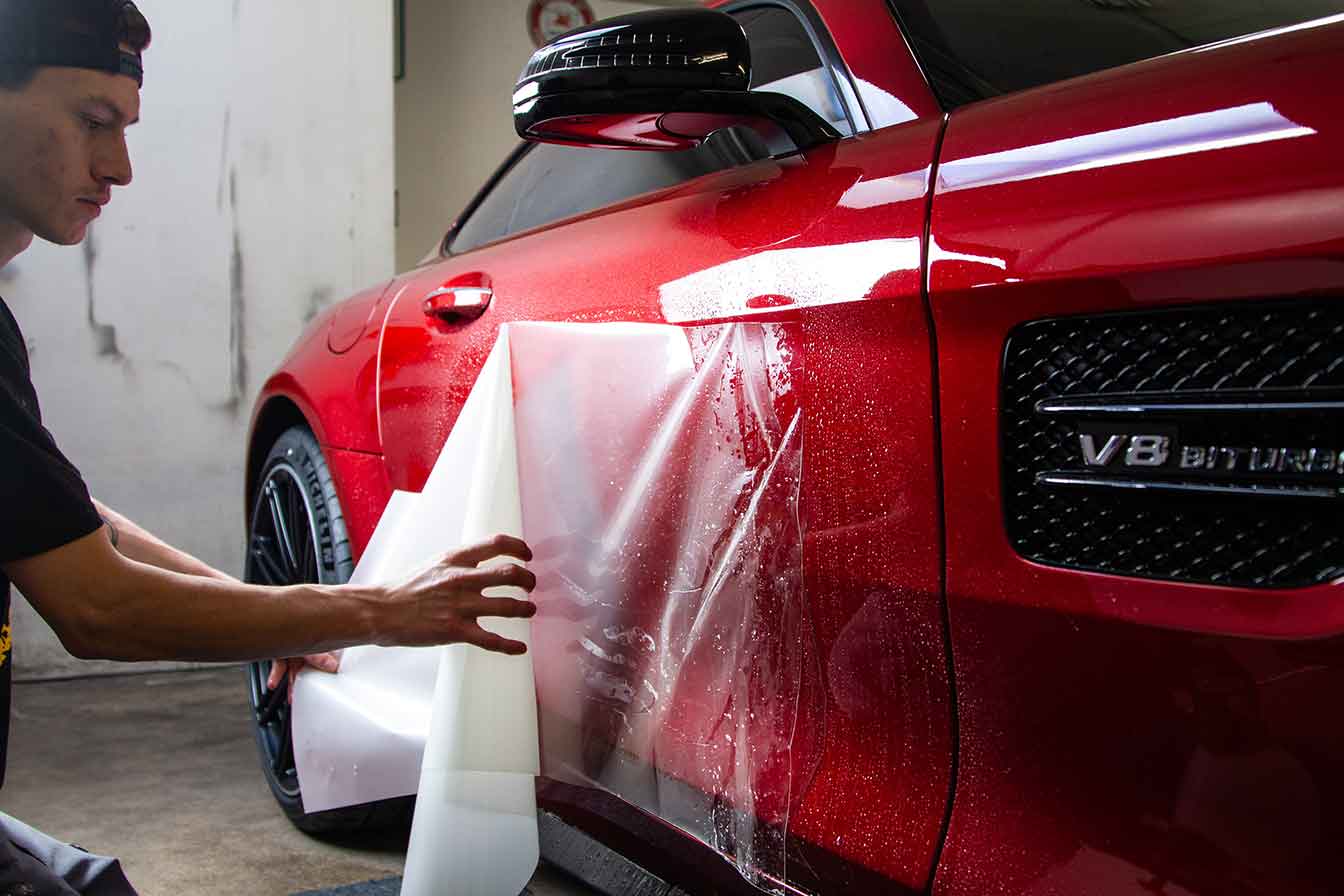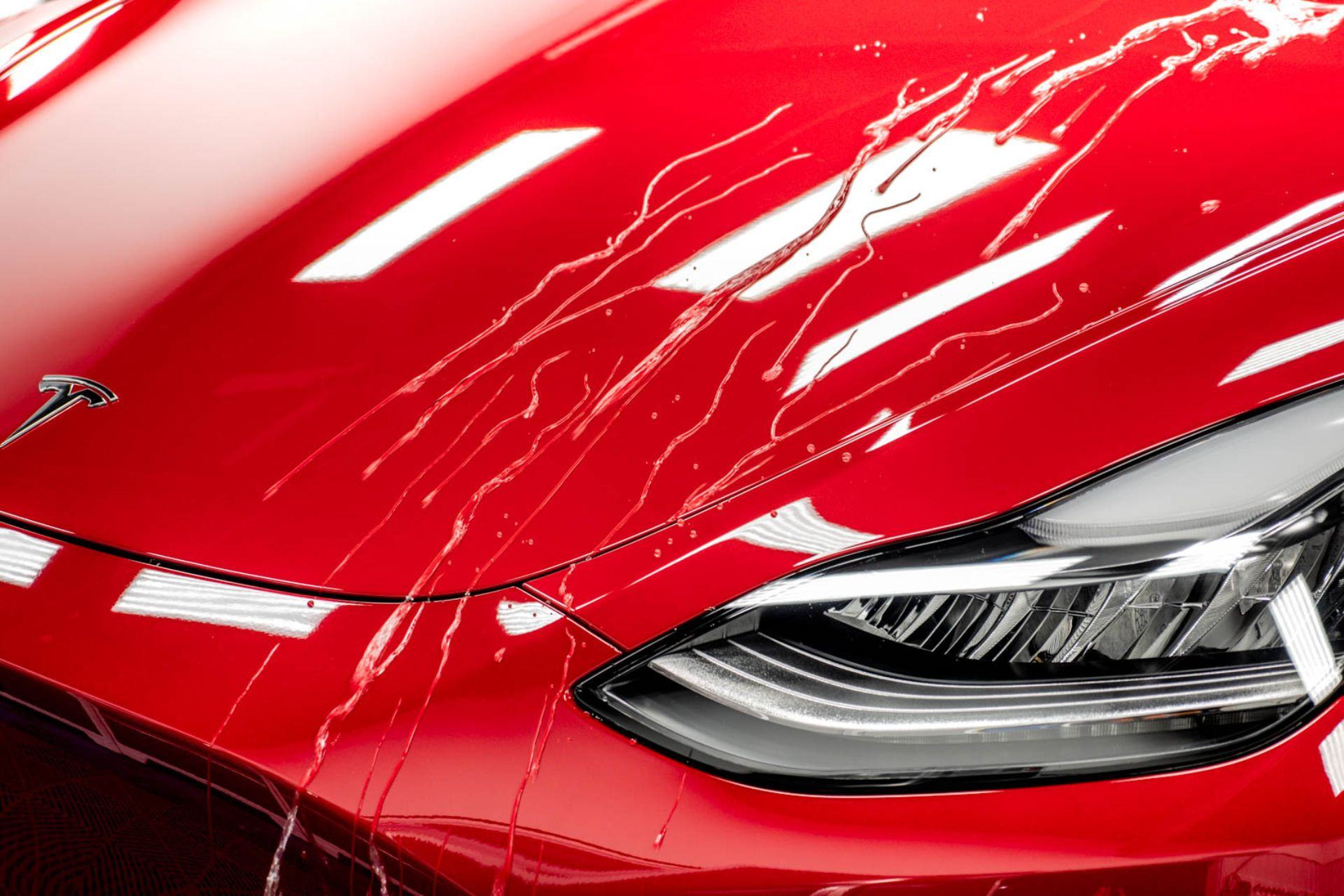Experience expert auto detailing for paint restoration.
Experience expert auto detailing for paint restoration.
Blog Article
A Comprehensive Guide to the Kinds Of Ceramic Finish on the Market
Ceramic coatings have actually arised as a critical solution across numerous sectors due to their unique properties and applications. As we discover the distinct attributes and applications of these coatings, the implications for performance and longevity become progressively noticeable, elevating questions regarding which type may ideal fit your requirements.
Understanding Ceramic Coatings
Ceramic layers are advanced protective solutions that have acquired popularity in various sectors, specifically in auto and aerospace applications. These coverings contain a fluid polymer that, when treated, forms a durable, hydrophobic layer on the surface of the substratum. This layer offers enhanced resistance to environmental contaminants, UV radiation, and chemical exposure, consequently extending the life and visual allure of the underlying material.
The fundamental part of ceramic coatings is silica, which adds to their hardness and toughness. The application process commonly involves surface area prep work, application of the finishing, and curing, which can be attained via heat or UV light. As soon as cured, ceramic coverings show exceptional bonding residential or commercial properties, enabling them to adhere highly to a range of surface areas, including metals, plastics, and glass.
Along with their protective features, ceramic coatings additionally supply simplicity of maintenance. Their hydrophobic nature lowers the adherence of dirt and gunk, making cleaning easier and much less constant. Generally, the fostering of ceramic finishings stands for a considerable development in surface defense innovation, giving both practical and visual benefits throughout several sectors.
Kinds Of Ceramic Coatings
Numerous sorts of ceramic layers are offered, each made to meet certain performance needs and applications - ceramic coating sarasota. The most common kinds consist of:
Silica-based Coatings: These coverings mostly include silicon dioxide and are understood for their toughness and chemical resistance. They are extensively made use of in automotive and industrial applications.
Titanium Dioxide Coatings: Prominent for their photocatalytic properties, titanium dioxide coverings are often used in settings where self-cleaning and antifungal buildings are desirable, such as in building products and auto surfaces.
Zirconia Coatings: Characterized by their high-temperature security and thermal resistance, zirconia finishings are utilized in applications such as generator engines and high-performance auto elements.
Alumina Coatings: Displaying excellent solidity and thermal security, alumina finishes are regularly used in wear-resistant applications, including reducing devices and industrial machinery. - Auto Detailing
Hybrid Coatings: Incorporating the homes of different materials, hybrid coatings offer improved performance qualities, making them ideal for special and demanding applications.
Each kind of ceramic coating serves unique purposes, enabling users to choose one of the most appropriate service based upon specific ecological problems and efficiency demands.
Benefits of Ceramic Coatings
Ceramic coatings, in certain, offer numerous advantages that make them progressively preferred among makers and consumers alike. These layers are resistant to scratches, chemicals, and UV rays, guaranteeing that the underlying surface stays safeguarded over time.
Along with sturdiness, ceramic finishes give outstanding hydrophobic homes, permitting for easy cleaning and maintenance. This water-repellent nature lessens the adherence of dust, crud, and recommended you read various other pollutants, which can lengthen the aesthetic appeal and functionality of the surface. Additionally, ceramic coatings can substantially improve thermal resistance, making them suitable for applications that withstand heats.

Application Refine
When applying ceramic finishes, a careful approach is crucial to accomplish optimal results. The application procedure generally starts with extensive surface area preparation. This includes cleaning, sanitizing, and brightening the surface area to remove all pollutants, consisting of dirt, oil, and prior waxes or sealers. A clean surface area guarantees appropriate bond of the finish.
When the surface area is prepped, the following action is to use the ceramic finishing. The finish needs to be used in slim layers, as thicker applications can lead to irregular finishes.
After application, the finish needs a details treating time, generally ranging from a couple of hours to a full day, depending on the product. Following these actions carefully will optimize the efficiency and longevity of the ceramic Resources finishing, providing a long lasting safety layer for the surface area.
Maintenance and Long Life
To make sure the long life and effectiveness of a ceramic covering, routine upkeep is necessary. Ceramic finishings, known for their longevity and safety top qualities, require details care regimens to optimize their life expectancy and performance. The initial step in upkeep involves regular cleaning with pH-neutral soap, staying clear of extreme chemicals that can degrade the layer. It is advisable to clean the car routinely, preferably every 2 weeks, to protect against the accumulation of contaminants that can compromise the covering's honesty.
Along with routine cleaning, periodic inspections are important. Try to find indications of wear or damage, such as hydrophobic buildings decreasing or surface imperfections. If needed, a light gloss may be put on renew the coating without stripping it away.
In addition, the application Go Here of a booster spray can improve the layer's hydrophobic effects and recover its gloss. This is particularly helpful for layers that have remained in usage for an extended duration. Eventually, by sticking to these upkeep methods, one can substantially expand the life of a ceramic covering, making sure that it continues to give optimal defense against environmental elements and preserve the aesthetic charm of the vehicle.
Conclusion

Report this page